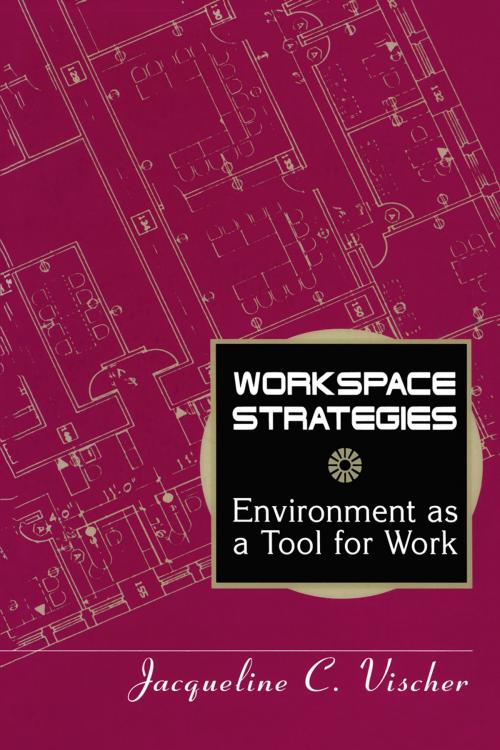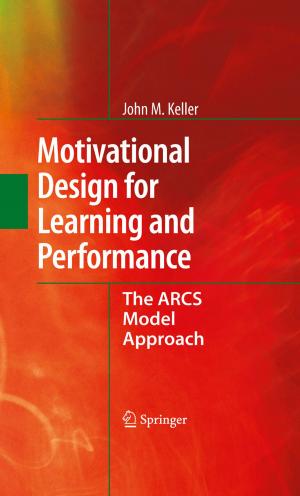Workspace Strategies
Environment as a Tool for Work
Kids, Natural World, Nonfiction, Reference & Language, Education & Teaching, Science & Nature, Science| Author: | Jacqueline C. Vischer | ISBN: | 9781468477849 |
| Publisher: | Springer US | Publication: | December 6, 2012 |
| Imprint: | Springer | Language: | English |
| Author: | Jacqueline C. Vischer |
| ISBN: | 9781468477849 |
| Publisher: | Springer US |
| Publication: | December 6, 2012 |
| Imprint: | Springer |
| Language: | English |
We live in era of transformation--of technology, of social values, and of the way work is done. This book represents a timely and innovative ad dition to current thinking and writing about transformation in organiza tions. In order to meet an increasingly global and competitive environment, organizations are undergoing reengineering, work process redesign, "right sizing," creating a "virtual office," and other forms of restructur ing and basic change of the way work is accomplished. Such transfor mation means analyzing and redesigning core processes in organizations around new kinds of principles such as "total quality" and customer service. The eventual effect of these changes is likely to be the networked or "boundary-Iess" organization, in which the tradi tional boundaries between functions and between producers and their suppliers-and sometimes even between organizations and their com petitors-are broken down. The goal of such transformation is to make the work of the organization more efficient and productive-to produce more with fewer resources and at a lower cost. In the conventional view of the transformation process, certain sec ondary concerns, such as the need to protect the environment or to help an increasingly heterogeneous work force deal with its personal issues, are seen as problematic for this core thrust. Some recent work, however, is beginning to show that if these so-called secondary concerns are con sidered central, far from being problematic, they actually present strat egy opportunities for productive innovation and change.
We live in era of transformation--of technology, of social values, and of the way work is done. This book represents a timely and innovative ad dition to current thinking and writing about transformation in organiza tions. In order to meet an increasingly global and competitive environment, organizations are undergoing reengineering, work process redesign, "right sizing," creating a "virtual office," and other forms of restructur ing and basic change of the way work is accomplished. Such transfor mation means analyzing and redesigning core processes in organizations around new kinds of principles such as "total quality" and customer service. The eventual effect of these changes is likely to be the networked or "boundary-Iess" organization, in which the tradi tional boundaries between functions and between producers and their suppliers-and sometimes even between organizations and their com petitors-are broken down. The goal of such transformation is to make the work of the organization more efficient and productive-to produce more with fewer resources and at a lower cost. In the conventional view of the transformation process, certain sec ondary concerns, such as the need to protect the environment or to help an increasingly heterogeneous work force deal with its personal issues, are seen as problematic for this core thrust. Some recent work, however, is beginning to show that if these so-called secondary concerns are con sidered central, far from being problematic, they actually present strat egy opportunities for productive innovation and change.















